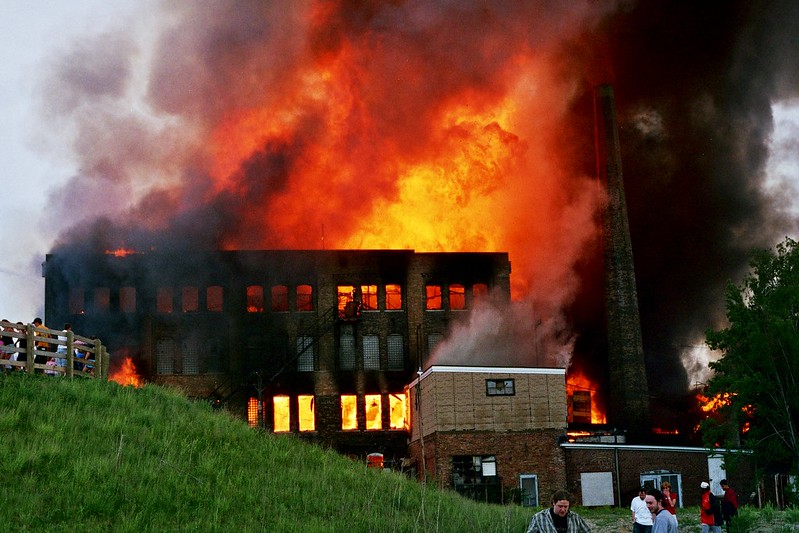- February 26, 2020
- Posted by: David Marshall
- Category: Business, Management, Safety

We’ve had enough natural disasters over the last several years, that any company that doesn’t have a disaster recovery plan is just begging for a company-ending problem to hit them.
A disaster recovery plan is the way your company can survive terrible tragedies, like a fire that sweeps through your building, a tornado or hurricane that knocks your building down, cyber theft of millions of dollars or your proprietary data.
To create a disaster recovery plan, you actually have to think through a few doomsday scenarios.
For example, let’s say your computer system just self-destructs and your servers explode. What do you have to do to ensure that if that happens, you can be back up within an hour?

The same principle applies with your machinery and associates. What are the doomsday scenarios you might face there? Is it sabotage, fire, or natural disaster? What do you do if all your machines are damaged beyond repair?
In this case, you want to have comprehensive records of all your vendors, both primary and secondary. You need the drawings and schematics of the machines, the factory acceptance plan copies, the site acceptance plan copies, and a list of all the equipment that you have.
But that’s not just a 3-ring binder with phone numbers in it, although that’s a good start. You also want to keep this information in an administratively controlled environment so you can access it in a cloud-based server. (Again, offsite, preferably out of state.)
This makes you wonder what did we do before we could store things in the cloud. Believe it or not, we just lived on a wing and a prayer. I think there were some companies, particularly the more wealthy companies, like Boeing and Airbus, who could afford their own specialists doing that kind of thing. But the average small to medium sized business sure couldn’t. So you kept phone lists and documents in a fireproof safe on the second floor, and/or in someone’s house for safekeeping.
With the more extreme weather we’re getting these days, and the rise of cyber crime, the importance of having a disaster recovery plan is becoming more of an issue. It’s not something you can leave to chance, and with all the technology and capabilities today, this is not something you leave to a wing and a prayer. Because if you lose all of your equipment or your proprietary data, and you have no way of recovering it, your company will quickly go out of business, all because you didn’t have backups and a disaster recovery plan.
I’ve been a manufacturing executive, as well as a sales and marketing professional, for a few decades. Now I help companies turn around their own business. If you would like more information, please visit my website and connect with me on Twitter, Facebook, or LinkedIn.
Photo credit: syslfrog (Flickr, Creative Commons 2.0)

